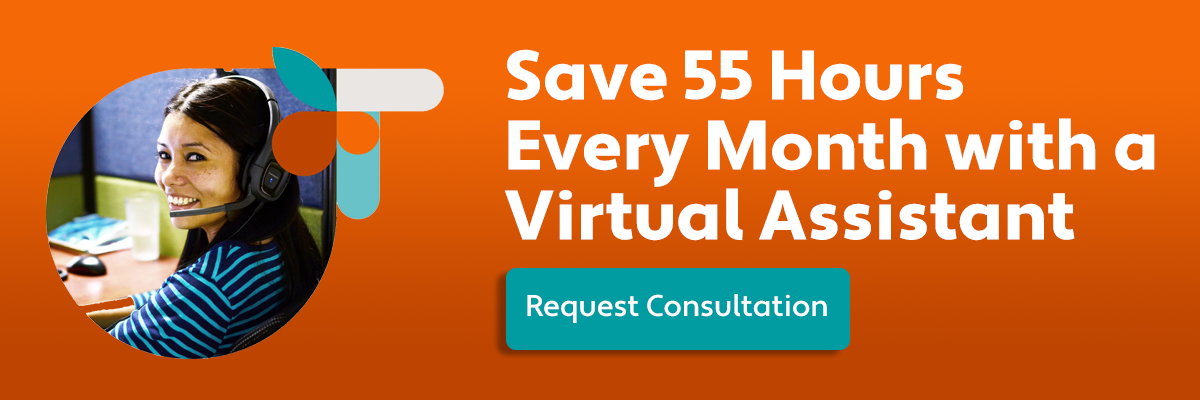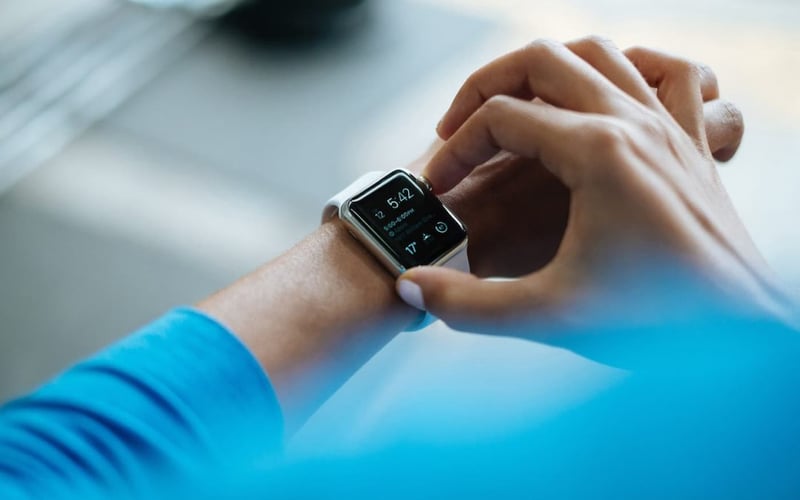Salespeople have been at the forefront of the mobile workforce since the beginning. Today, laptops, tablets and smartphones provide a connection to the digital world for sales reps in the field like never before. Wearable technologies are set to take this trend to the next level.
Experts from Goldsmiths, University of London, analyzed the impact of wearable technologies in the workplace on employee well-being, productivity and job satisfaction. The study, titled “The Human Cloud at Work” found that fitting workers with wearable technologies could boost their efficiency by up to 8.5 percent.
According to the Consumer Electronics Association, consumer interest in buying wearable devices in 2014 has quadrupled from 2012. It’s only a matter of time before the demand for wearables creeps into the business world, offering promises of increased employee productivity, reduced job-related injuries and billions of dollars in potential savings.
More than 50 million wearable units are expected to be sold in 2014 alone, according to IHS. That number is projected to inflate to 180 million by 2018. The wearable market is growing at a rate five-times faster than the smartphone revolution and we can all testify to the effect mobile technology has already had on the enterprise.
Salesforce recently introduced the Salesforce Wear Developer Pack for the Salesforce1 platform, putting free, business-focused applications tools into the hands of 1.5 million developers in order to kick start the building and deployment of enterprise wearable computing applications.
Below are a few practical ways that wearable technology could be used to increase sales productivity in the coming years.
On the Job Training – By using the hands-free recording feature of Google Glass, sales managers could observe the actions of a new rep during their first few sales calls. They could then review the footage alongside the employee to discuss their strengths and weaknesses. Then, when other new team member are learning the sales process, this concrete data could accelerate their progress and prevent the same mistakes from being made repeatedly.
Information on Demand – Perhaps a sales rep is out in the field giving a pitch to a potential client and needs to locate a certain piece of information. Instead of the distraction of needing to pull out a laptop or mobile device during a sales meeting, quick updates will be available via smart watches, with minimal interruption.
Augmented reality – Sales reps traveling to meet customers at their homes or industrial sites could bring smart glasses with them, allowing the customers to use them to see what their home, office, or new construction would look like once it’s in place. It can be difficult for visual people to imagine what they’re getting, but allowing them to actually see it before purchasing could have a big impact on sales.
When it comes to wearable technology, expect work to be done not only more efficiently, but also more effectively. Look for it to make on the job training easier and anticipate the immediate access to information to revolutionize the way you sell.

